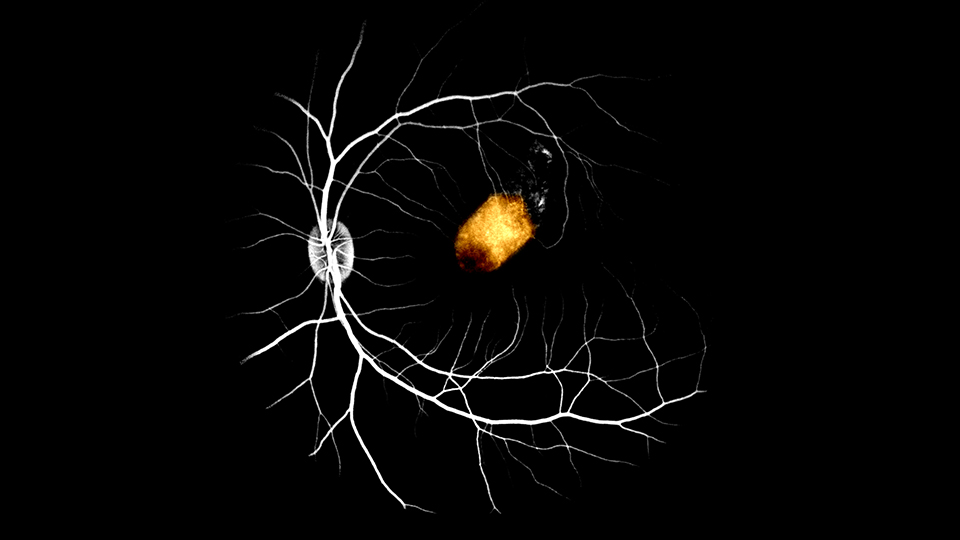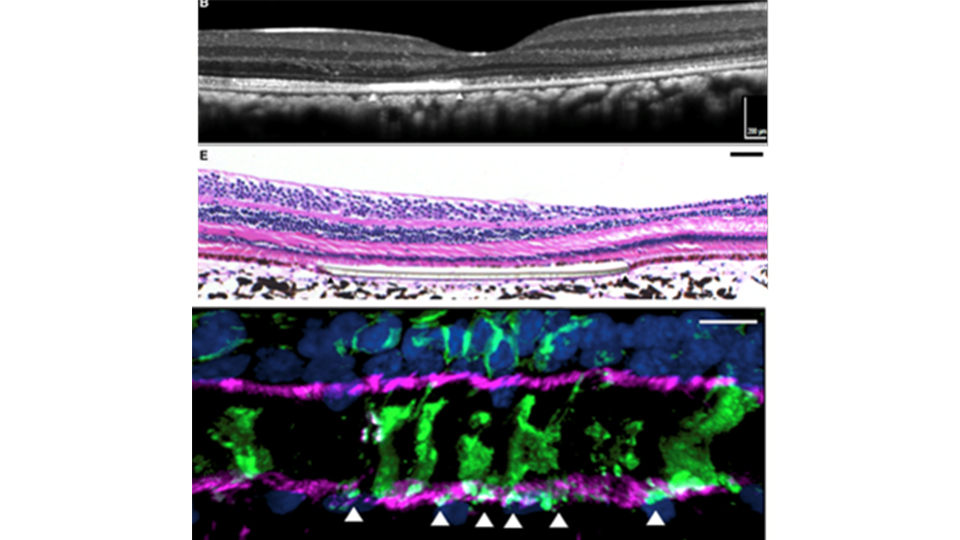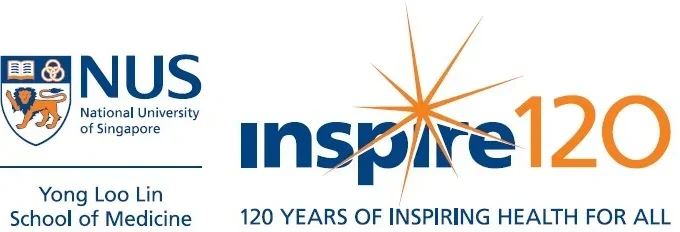Retinal cell transplant clears experimental hurdle toward treating blindness
Published: 02 Feb 2021

Degeneration of the retinal pigment epithelium (RPE), a polarized monolayer of pigmented cells under the retina of the eye, is a major cause of visual impairment such as in macular degeneration, which accounted for 8.7% of blindness worldwide. There is no cure for the disease, with treatment mostly directed at slowing down disease progression.
Research by an international team led by Dr Su Xinyi of the Yong Loo Lin School of Medicine offers new optimism for the many awaiting a cure. In a pre-clinical study featured on this month’s cover page of the Stem Cell Reports, the team showed potential restoration of lost vision due to RPE’s degeneration, using cell replacement therapy. They demonstrated in a non-human primate model of macular degeneration that RPE derived from human eye stem cells (hRPESC-RPE) transplanted sub-retinally engrafted and survived the entire 3-month duration of the trial. In the recipient, the transplanted RPE integrated stably with the environment beneath the macula, recovering lost cellular functions crucial for normal visual cycles. There was no sign of epithelial–mesenchymal transition (transformation) of the cells, nor any other deleterious effect post-transplantation.

This study demonstrated the feasibility and safety of using the adult retinal stem cell-derived RPE as replacement for dysfunctional RPE in eye diseases such as age-related macular degeneration. The proof-of-concept is an important step toward the further development of the promising cellular replacement therapy.
“These results encourage optimism that hRPESC-RPE may become a promising alternative source of RPE for cell replacement therapy for patients with RPE-dysfunction-related vision loss,” said Dr Su Xinyi, principal investigator of the study and senior author of the paper.
“In the near future, we hope to conduct first-in-man clinical trials to further validate these results,” Dr Su added.
Read the full paper here.


